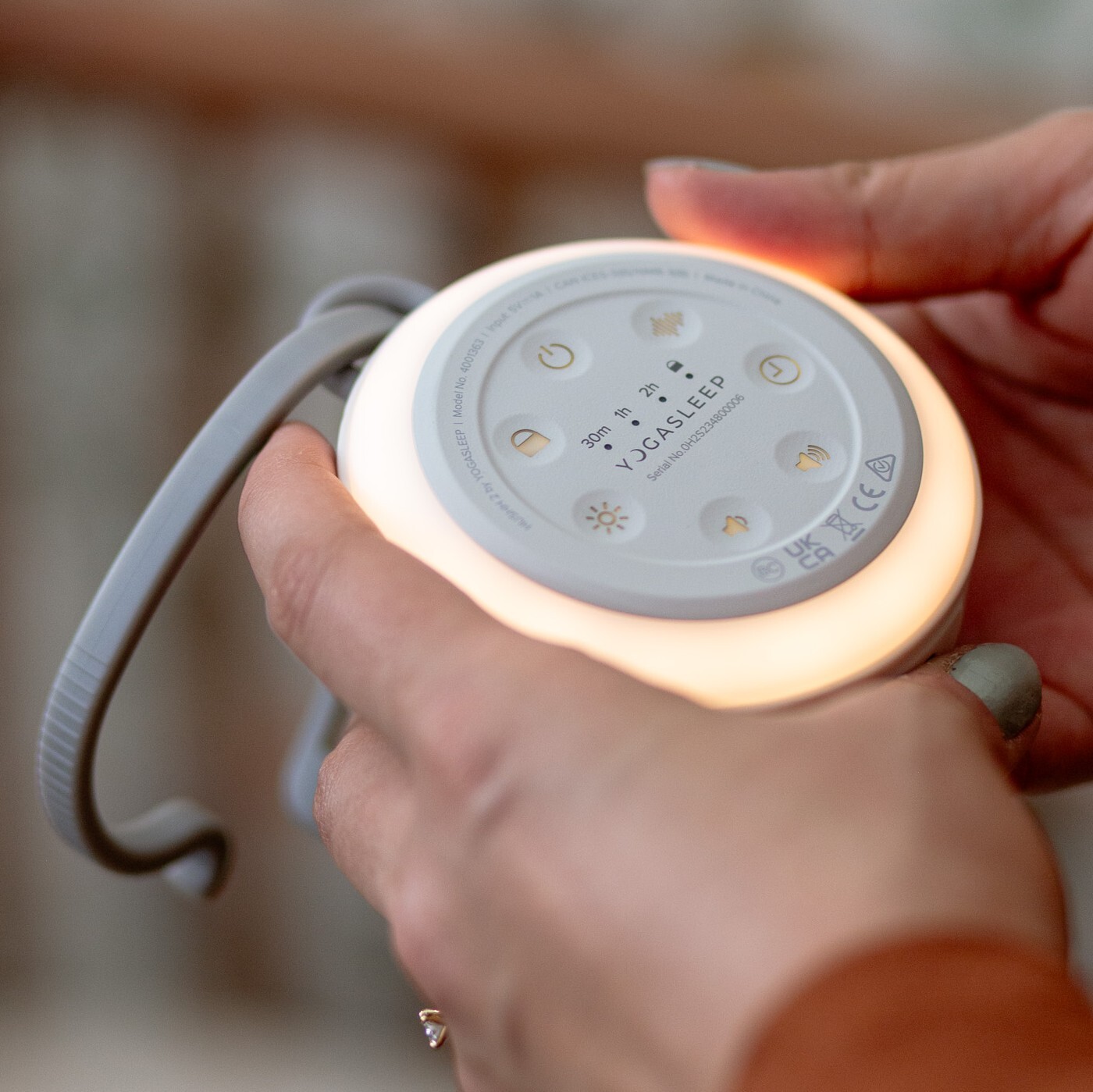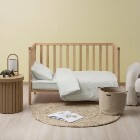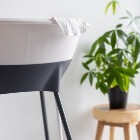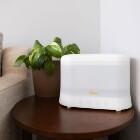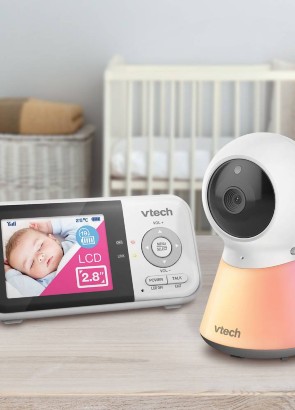If you’re on a budget, an audio only monitor is a good option as you can hear if the baby is in distress or has woken up happy from a nap or overnight. Audio monitors are usually two-way, so you can also talk back to your baby to soothe them via the monitor if need be.
If you’re wanting added reassurance or you’re wanting to extend the use of your monitor to when your child has grown, a video monitor may be a better choice. And they tend to be more common than audio only monitors. Video monitors tend to cost more but usually have more features such as room temperature monitoring as well as the obvious video.
Some parents feel a video monitor gives them more peace of mind as they can visually see what your baby is up to. You will easily be able to tell if the baby is distressed or just settling down before sleep (for example). This also means you can learn about baby’s sleep cycles without potentially disturbing the baby.
A video monitor can give you added peace of mind when you can’t be in two places at once. You can simply check the live feed to see what baby is up to. They are more common than audio only monitor’s. Video monitors may also be more helpful if you’re wanting to learn more about your baby’s sleep pattern or cycles and you will be able to see when bubs drifts off to sleep or if they’re playing in their cot for a period of time before bed. This can then help you adjust their awake times or nap times.
As well as video monitors with a handheld console, you can now get monitors that can be connected to your smartphone. So, if you know you’ll be away from home a lot, but still want peace of mind about baby, an app controlled monitor may be best. You’ll be able to log in from your device wherever you are and check on baby. This is particularly great if one (or both) parents travel frequently or if baby is in the care of a nanny or family member.





